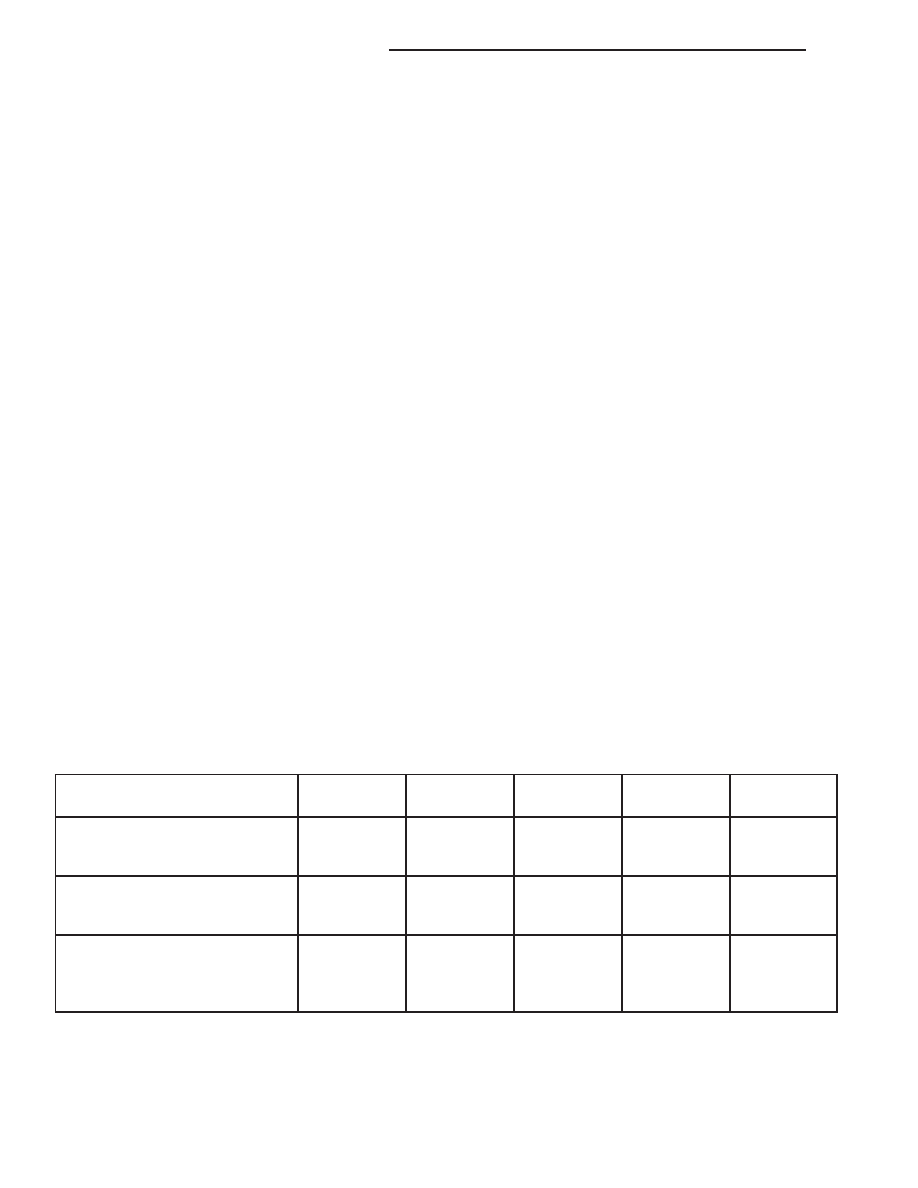Content .. 2322 2323 2324 2325 ..
Chrysler 300/300 Touring/300C, Dodge Magnum. Manual - part 2324

with the A/C system. The ambient air temperature in the location where the vehicle will be tested must be a mini-
mum of 21° C (70° F) for this test.
A/C PERFORMANCE TEST
WARNING: Refer to the applicable warnings and cautions for this system before performing the following
operation (Refer to 24 - HEATING & AIR CONDITIONING/PLUMBING - WARNINGS) and (Refer to 24 - HEAT-
ING & AIR CONDITIONING/PLUMBING - CAUTIONS). Failure to follow the warnings and cautions could result
in possible personal injury or death.
NOTE: When connecting the service equipment coupling to the line fitting, verify that the valve of the cou-
pling is fully closed. This will reduce the amount of effort required to make the connection.
NOTE: The work area ambient temperature must be above 16° C (60° F) and the evaporator temperature
must be above 18° C (65 F) prior to conducting the A/C Performance Test.
1. Conduct the A/C System Performance Test (Cooldown Test) found within the HVAC System Test (refer to 24 -
HVAC Electrical Diagnostics). If no diagnostic trouble codes (DTCs) are found in the A/C-heater control or the
powertrain control module (PCM) or engine control module (ECM), depending on engine application, go to Step
2. If any DTCs are found, repair as required, then proceed to Step 2.
2. Connect a tachometer and a manifold gauge set or an A/C recycling/charging station.
3. Operate the heating-A/C system under the following conditions.
•
Engine at 1,000 rpm at operating temperature
•
Doors and windows closed
•
Transmission in Park
•
A/C-heater controls set to Recirculation mode (max-A/C), full cool, panel mode, high blower and with A/C com-
pressor engaged. If the A/C compressor does not engage, see the A/C System Diagnosis chart.
4. Insert a thermometer in the driver side center panel air outlet and operate the A/C system until the thermometer
temperature stabilizes.
5. With the A/C compressor clutch engaged, compare the air temperature at the center panel outlet and the A/C
compressor discharge pressure (high side) to the A/C Performance Temperature and Pressure chart. The com-
pressor clutch may cycle, depending upon the ambient temperature and humidity. If the clutch cycles, use the
readings obtained before the clutch disengaged.
A/C PERFORMANCE TEMPERATURE AND PRESSURE
Ambient Air Temperature
21°C
(70°F)
27°C
(80°F)
32°C
(90°F)
38°C
(100°F)
43°C
(110°F)
Maximum Allowable Air
Temperature at Center Panel
Outlet
9°C
(48°F)
9°C
(48°F)
12°C
(54°F)
15°C
(59°F)
18°C
(65°F)
Suction Pressure at Service
Port (Low Side)
138 to 207
kPa
(20 to 30 psi)
138 to 207
kPa
(20 to 30 psi)
207 to 276
kPa
(30 to 40 psi)
207 to 276
kPa
(30 to 40 psi)
241 to 310
kPa
(35 to 45 psi)
Discharge Pressure at Service
Port (High Side)
1034 to 1724
kPa
(150 to 250
psi)
1379 to 2068
kPa
(200 to 300
psi)
1551 to 2241
kPa
(225 to 325
psi)
1724 to 2413
kPa
(250 to 350
psi)
2068 to 2758
kPa
(300 to 400
psi)
6. If the air outlet temperature fails to meet the specifications in the A/C Performance Temperature and Pressure
chart, or if the A/C compressor discharge pressure is high, refer to the A/C System Diagnosis chart.
24 - 330
HVAC - SERVICE INFORMATION
LX